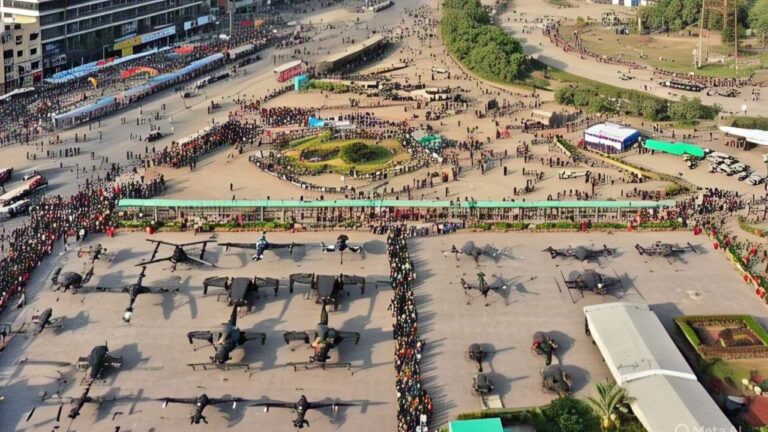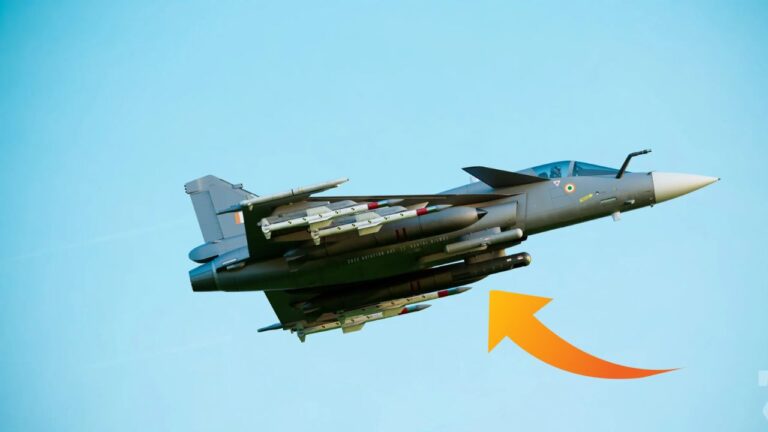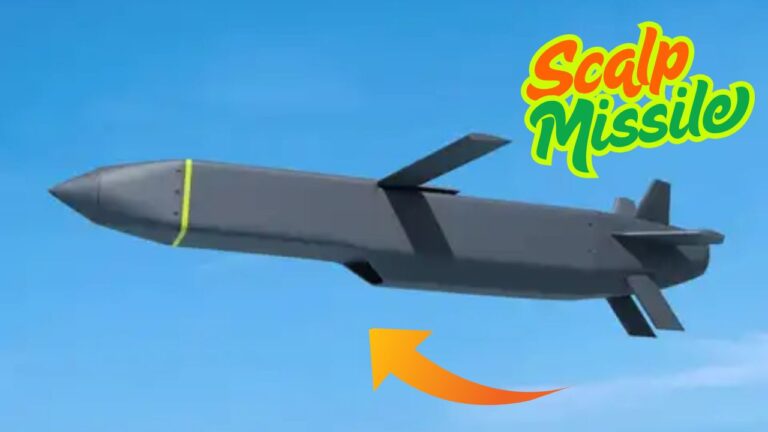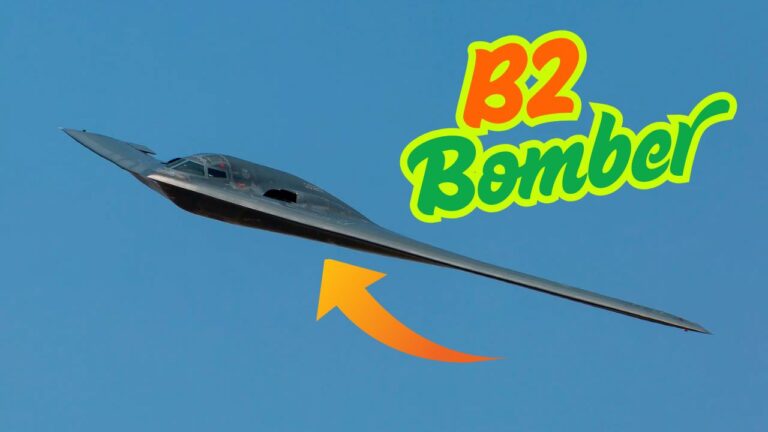F-35 Fighter Jet Price in Indian Rupees, Top-speed, Specifications and Characteristics
The F-35 Fighter Jet is made by Lockheed Martin. It is a top multi-role combat aircraft. It is known for stealth, advanced avionics, and great versatility. The F-35 represents modern aerial warfare. It can handle ground attacks, reconnaissance, and air defense missions. Several allied nations use it. In India, defense enthusiasts watch the F-35 closely due to its importance and technology. The jet costs hundreds of crores in Indian Rupees. This sparks discussions on strategic procurement and military upgrades. Besides its high cost, the F-35 boasts impressive speed, stealth, and maneuverability. This article looks at the F-35’s price in Indian Rupees, its top speed, specifications, and key features that make it one of the best jets ever built.
F-35 Fighter Jet Price in Indian Rupees
The F-35 comes in three variants, each with distinct capabilities and costs:
-
F-35A (Conventional Takeoff and Landing): Approximately $82.5 million per unit.
-
F-35B (Short Takeoff and Vertical Landing): Around $109 million per unit.
-
F-35C (Carrier Variant): Approximately $102.1 million per unit.
the per-unit cost for India could range between $110 million and $115 million, translating to approximately ₹915 crore to ₹955 crore per aircraft, considering an exchange rate of ₹83 per USD.
Top-speed
The F-35 Lightning II has impressive speed characteristics, tailored to its stealth and multi-role combat profile. Here’s a breakdown by variant:
-
F-35A (Conventional Takeoff and Landing):
🔺 Top Speed: Mach 1.6 (approx. 1,975 km/h or 1,227 mph) -
F-35B (Short Takeoff and Vertical Landing):
🔺 Top Speed: Mach 1.6 (similar to F-35A) -
F-35C (Carrier Variant for Navy):
🔺 Top Speed: Mach 1.6 (identical top-end speed)
All three variants share the same top speed because they use the Pratt & Whitney F135 engine. While not the fastest jet compared to older interceptors like the MiG-31, the F-35 prioritizes stealth, advanced sensors, and agility over raw speed.
Specs
| Specification | Details |
|---|---|
| Manufacturer | Lockheed Martin |
| Engine | Pratt & Whitney F135-PW-100 (A/C) / F135-PW-600 (B) |
| Top Speed | Mach 1.6 (~1,975 km/h or 1,227 mph) |
| Range (Combat Radius) | ~1,093 km (F-35A), ~833 km (F-35B), ~1,155 km (F-35C) |
| Service Ceiling | 50,000 feet (15,240 meters) |
| Thrust | 43,000 lbf (191 kN) |
| Stealth Capability | Yes (Low observable stealth across all variants) |
| Avionics | AESA radar, Distributed Aperture System (DAS), Electro-Optical Targeting |
| Weapons Capacity | 8,160 kg (18,000 lbs), internal and external hardpoints |
| Gun | GAU-22/A 25 mm rotary cannon (internal on F-35A) |
| Crew | 1 (All variants) |
| Length | 15.67 meters (51.4 ft) |
| Wingspan | F-35A/B: 10.7 m, F-35C: 13.1 m (larger wings for carrier operations) |
| Variants | F-35A (Air Force), F-35B (Marines/STOVL), F-35C (Navy/Carrier) |
| Unit Cost (USD) | $82M (F-35A), $109M (F-35B), $102M (F-35C) |
| Unit Cost (INR Approx.) | ₹915–955 crore (export version) |
Alternatives
| Fighter Jet | Country | Generation | Top Speed | Notable Features | Approx. Cost (INR) |
|---|---|---|---|---|---|
| Dassault Rafale | France | 4.5 | Mach 1.8 (~2,222 km/h) | Advanced avionics, nuclear-capable, used by Indian Air Force | ₹780–820 crore |
| Eurofighter Typhoon | Multi-national (UK, Germany, etc.) | 4.5 | Mach 2.0 (~2,495 km/h) | Agile, multirole, supercruise capable | ₹900–950 crore |
| Sukhoi Su-57 | Russia | 5th | Mach 2.0 (~2,450 km/h) | Stealth, super maneuverable, internal weapons bays | ₹850–1,000 crore |
| F/A-18 Super Hornet | USA | 4.5 | Mach 1.6 (~1,975 km/h) | Carrier-capable, battle-proven, relatively low cost | ₹600–700 crore |
| JAS 39 Gripen E | Sweden | 4.5 | Mach 2.0 (~2,470 km/h) | Low operational cost, advanced electronics, multirole | ₹430–500 crore |
| HAL Tejas Mk1A | India | 4+ | Mach 1.6 (~1,975 km/h) | Indigenous, lightweight, cost-effective | ₹330–400 crore |
Pros and Cons
Pros of the F-35 Fighter Jet
| Advantage | Description |
|---|---|
| Stealth Technology | Radar-evading design gives it superior survivability in contested airspace. |
| Multirole Capability | Can perform air-to-air, air-to-ground, electronic warfare, and ISR missions. |
| Advanced Avionics | Features cutting-edge sensors, AESA radar, and helmet-mounted display system. |
| Network-Centric Warfare | Shares real-time data with allied forces for joint operations. |
| Vertical Landing (F-35B) | Unique STOVL capability allows operation from smaller decks or forward bases. |
| Global Interoperability | Used by NATO and allied forces, enabling cross-operability in joint missions. |
Cons of the F-35 Fighter Jet
| Disadvantage | Description |
|---|---|
| High Cost | Extremely expensive both in acquisition (₹900+ crore) and maintenance. |
| Logistics Complexity | Requires advanced infrastructure and support systems. |
| Limited Speed & Agility | Not as fast or maneuverable as older jets like MiG-29 or Su-30 in close combat. |
| Software Issues | Historically plagued by delays, bugs, and software integration problems. |
| Single Engine | Less redundancy compared to twin-engine jets, especially in harsh environments. |
| Export Restrictions | U.S. policy may limit access to source codes or certain combat capabilities. |
FAQs
1. What is the price of the F-35 in Indian Rupees?
The F-35 costs between ₹915 crore to ₹955 crore depending on the variant and equipment package (based on USD prices of $82–102 million).
2. Which countries currently operate the F-35?
Countries like the USA, UK, Japan, South Korea, Italy, Norway, Israel, and several NATO members currently operate the F-35.
3. What is the top speed of the F-35?
The F-35 can reach a top speed of Mach 1.6, which is approximately 1,975 km/h.
4. Is the F-35 a stealth aircraft?
Yes, the F-35 features low observable stealth technology, making it difficult to detect by radar.
5. Can India buy the F-35?
While there’s no official agreement, India has shown interest. U.S. policy, regional strategy, and export conditions will play major roles.
6. How does the F-35 compare to the Rafale?
The F-35 is stealthier and more digitally advanced, while the Rafale is more agile and proven in combat. Both are formidable but serve slightly different roles.
Conclusion
The F-35 Lightning II represents next-gen air superiority. It blends stealth, agility, and top technology. Its multirole capabilities include air dominance, precision strikes, and electronic warfare. This makes the F-35 unmatched in modern aerial combat. With a top speed of Mach 1.6, a stealthy design, and advanced sensors, it outperforms traditional 4th-generation fighters. However, this innovation comes with a high price tag for both purchase and upkeep. This makes it a strategic choice for nations with strong defense budgets.
For India, getting the F-35 could change its aerial defense strategy. However, it needs careful review of geopolitical, logistical, and financial factors. Alternatives like the Rafale and Su-57 have strong features, but the F-35’s connection with allied networks is a key advantage. In a fast-changing defense world, the F-35 is more than a fighter jet—it’s a game changer for future warfare.







